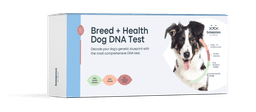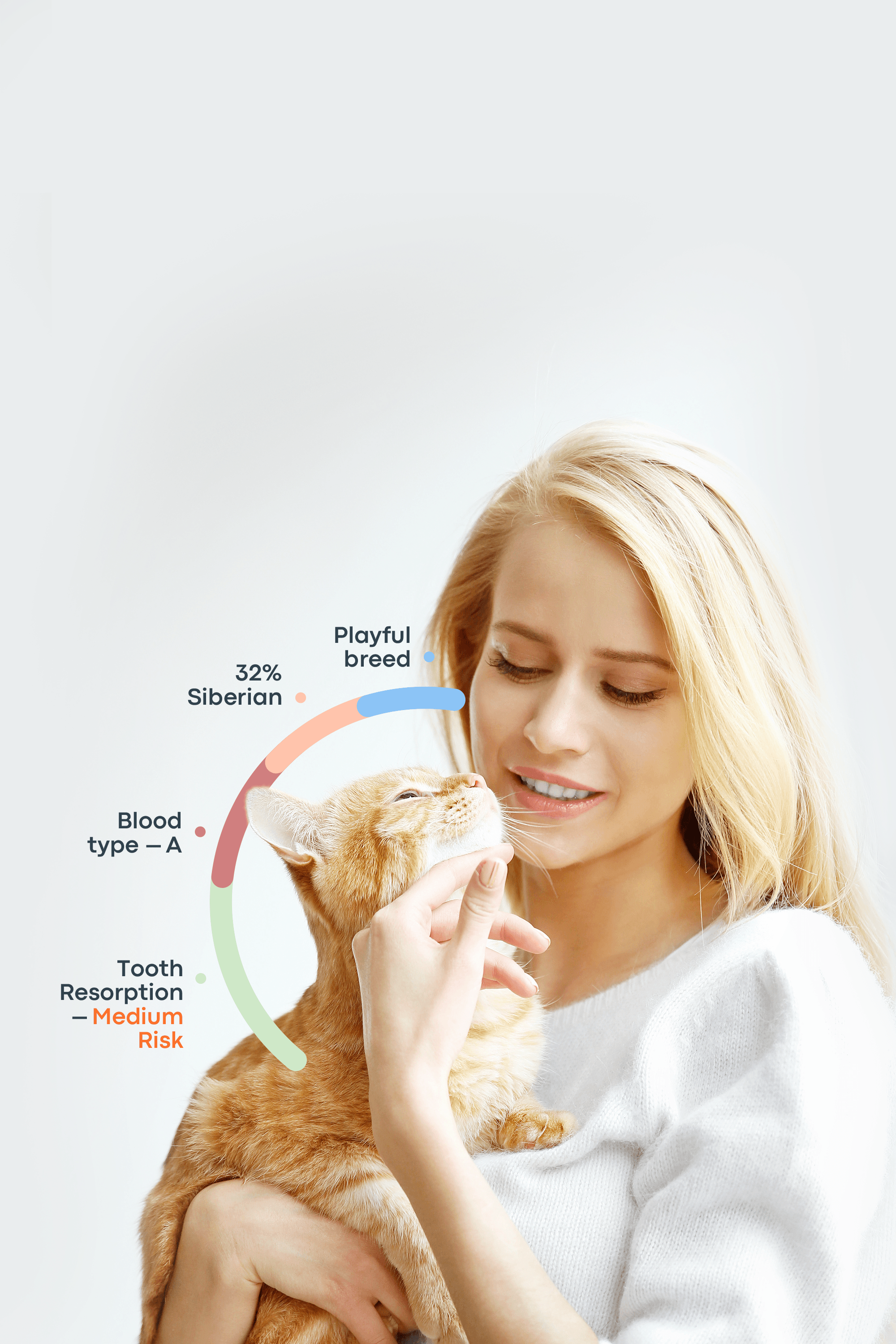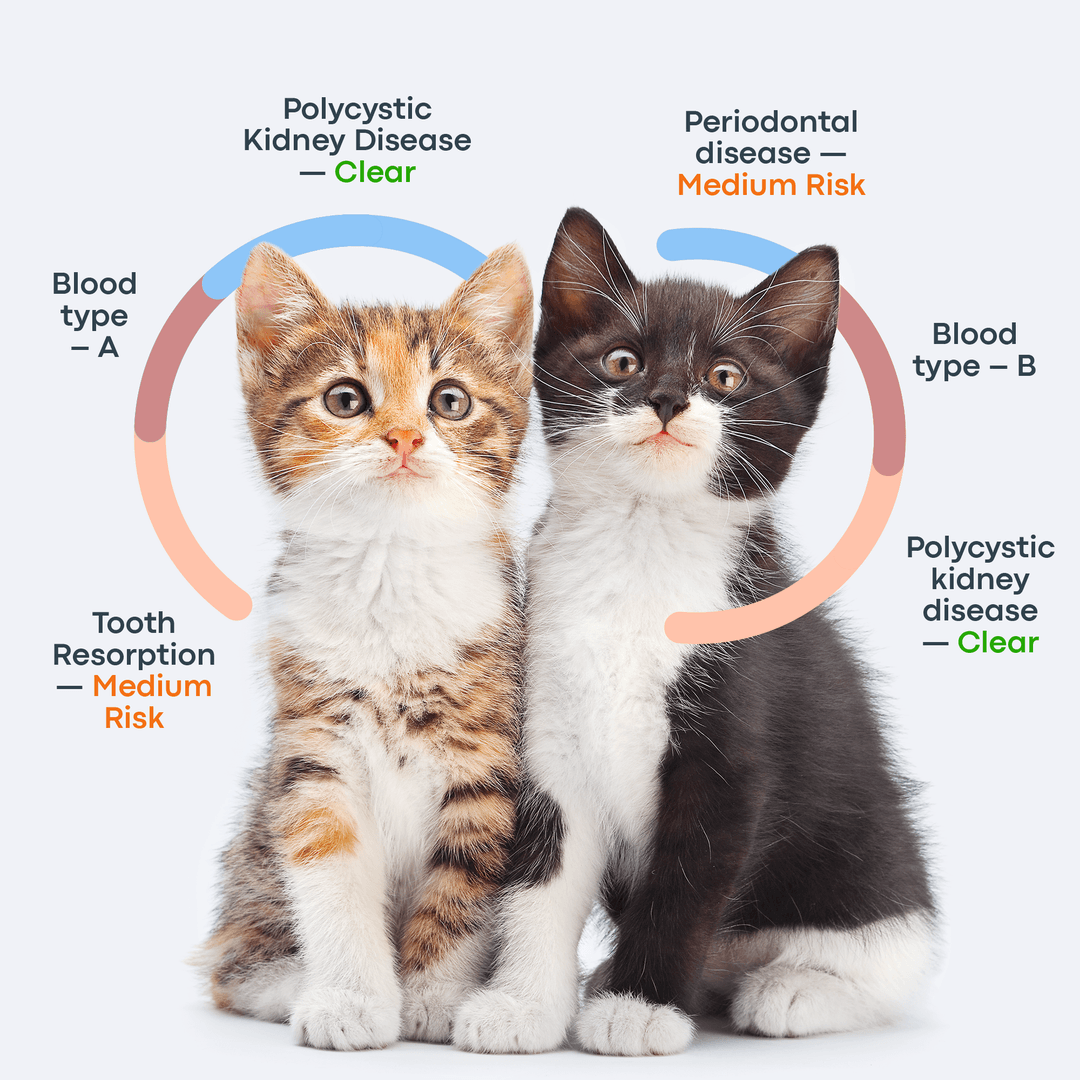Have you ever looked at your dog and wondered why they’re sleeping like that? While their sleep habits might seem quirky (or downright silly), dog sleeping positions can be a window into their physical and emotional well-being. From stretched-out spawls to tight little curls, each position has a story, so let’s take a closer look at what your pup’s sleeping positions mean.
Understanding Common Dog Sleeping Positions
Did you know that your dog’s sleeping position can reveal how they’re feeling—both physically and emotionally? There are different dog sleeping positions meanings and even different dog sleeping positions when sick or stressed! From a dog laying down on a cold spot to a dog sleeping on backs of couches (or another dog’s back!).
1. Side Sleeper

If your dog sleeps on their side, it’s a strong sign they feel safe, relaxed, and confident in their surroundings. While dogs still retain instincts from their wild ancestors, this position is vulnerable since it takes more effort to get up quickly. Choosing to sleep like this shows that your dog feels secure and has no need to stay on high alert. Dogs who sleep this way are usually well-adjusted and content. You might even notice them twitching or making running motions during sleep, which means they are dreaming deeply.
If your side sleeper suddenly changes position or avoids sleeping on their side, it could indicate joint pain or abdominal discomfort. Look for other signs such as stiffness, hesitation to move, or groaning during sleep. If anything seems unusual, it’s a good idea to keep notes, take photos or videos, and speak with your vet for peace of mind.
2. Lion’s Pose (Sphinx)

These dogs may appear to be resting, but they are still alert and aware of their surroundings. If you’ve ever seen working farm dogs that guard livestock, you’ve likely noticed them in this position. It’s common among dogs that feel a sense of responsibility or caution. You can think of it as being halfway between being on duty and starting to relax into sleep.
If your dog naturally takes on a caregiving role in your family, you might see them in this position near babies, sick or injured loved ones, or anyone who seems anxious. While it’s a touching display of loyalty and care, it’s important to make sure they also get time to truly rest. If your dog frequently startles awake, pants without reason, or seems overly alert, they may be experiencing stress or discomfort. In that case, a visit to the vet is a good idea to make sure everything is okay.
3. Superman (Sploot)

This is the pose for sleeping puppy power naps! Dogs who rest like this are often playful, full of energy, and enjoy life with a puppy-like enthusiasm. It’s a go-to pose for a short nap before they spring back into action. You’ll often see this in breeds like French Bulldogs, Corgis, and other short-legged pups who flatten out to cool off. In warm weather, offering a chilled tile or a pet-safe cold pack can help keep them comfortable.
However, if your sploot-loving dog begins dragging their back legs or seems reluctant to get up from this position, it’s important to take it seriously. These could be signs of hip dysplasia or a neurological issue, and a vet visit is recommended.
4. Donut Curl

When dogs curl up tightly into a circle, it’s often a self-soothing behavior and a way to conserve warmth. This position can signal that your dog is seeking comfort—maybe they’re in a new environment, recovering from something stressful or medical, or just feeling a little uncertain. Many rescue dogs favor this position as they adjust to their new home. In nature, this curled-up pose helps protect vital organs and keeps the body warm, making it both defensive and cozy. If your dog suddenly switches to this style of sleeping, especially as the seasons change, it may be worth checking the room temperature and making sure they’re staying warm.
If you notice your curled-up pup shivering, holding a stiff posture, or flinching when touched, it could be a sign of discomfort or illness. In these cases, a visit to the vet is a good idea to rule out pain or gastrointestinal issues.
5. Belly-Up

This is the ultimate sign of a relaxed, trusting, and carefree dog. Sleeping belly-up is one of the most vulnerable positions a dog can choose, and it says loud and clear, “I feel completely safe with you.” It’s also a great way for dogs to cool down in warmer weather, as it exposes their belly where there’s less fur.
If your dog used to sleep like this and suddenly stops, it may not be anything personal—they still love and trust you. As dogs age, joint stiffness or spinal discomfort can make this position uncomfortable. That said, a sudden change in sleep habits—even in younger dogs—can sometimes be a sign of physical discomfort and is worth checking with your vet.
6. Cuddler / Back-to-Back

Dogs who snuggle close or sleep back-to-back are showing affection, emotional bonding, and a strong sense of pack connection. This behavior often reflects the comforting “puppy pile” from their earliest days and signals trust and love. After a long or stressful day, dogs might seek out this close contact as a form of self-soothing. It’s their way of saying, “We’re in this together.”
7. Burrower

A dog sleeping like this might be a bit nervous right now. This cozy behavior can be calming—like being wrapped in a hug. While some dogs simply enjoy the warmth and security, others might burrow more often during storms, after travel, or when the household routine has changed. Even confident dogs might do this occasionally when they’re overstimulated or unsettled.
Offering a calming wrap, weighted blanket, or a safe, den-like bed can help. However, if burrowing is frequent or comes with signs like whining, pacing, or nighttime digging, it may be time to talk to a behaviorist. These signs could point to anxiety, compulsive behaviors, or sensory overload that needs gentle, expert support.
8. Head and Neck Raised

Sometimes, your dog might choose to sleep with their head and neck elevated simply because it’s comfortable for them. However, this position can also indicate breathing difficulties. If you notice your dog sleeping like this alongside heavy panting, coughing, or a reluctance to exercise, it’s important to consult your vet. Watch closely for more serious signs like loud or labored breathing, open-mouthed panting while resting, bluish gums, or exercise intolerance—these require prompt veterinary attention.
9. On a Cold Surface

It’s no surprise that if your dog is sleeping somewhere cold, they’re probably too hot. For some dogs, it can be more about sensory grounding; they might sprawl out on cool tiles to decompress after a busy day. Dogs with thick coats or brachycephalic dogs (like Huskies and Bulldogs) might be more prone to sleeping in this position. The key is to let them rest while looking out for signs of overheating. If they sleep in this position and you also notice heavy panting, drooling, or restlessness, then get them cool and monitor closely or call a vet.
Sleep Behavior in Dogs: What’s Normal and What’s Not
Dog sleeping positions aren’t the only thing to consider when looking at your dog's sleep quality. Like humans, dogs can have some interesting behaviors while they sleep. Most of it is benign, or even cute, but sometimes it’s something to keep an eye on.
Dreaming and Twitching
Like humans, dogs go into Rapid Eye Movement or REM sleep, which is when dreams happen. A sleeping dog uses this time to process memories, experiences, and feelings. Sometimes they might twitch while dreaming, which can be normal.
Running, Barking, or Squeaking in Sleep
These active sleep behaviors are common, especially in energetic breeds and puppies. It’s as if they’re still playing or exploring in their dreams—this helps their brains grow and learn. While it may seem funny or surprising, it’s typically a sign of healthy brain activity.
Circling and Digging Before Sleep
That restless circling or digging your dog does before settling down is instinctive behavior inherited from their wild ancestors. They’re instinctively making a cozy “nest” before sleep. Many dogs also have favorite toys, blankets, or cushions that are part of their bedtime routine.
Snoring in Dogs
This is a pretty common behavior in flat-faced breeds because of the structure of their nasal passages. You might also see it if your dog is overweight, has allergies, infections, or dental problems. If your dog suddenly starts snoring, the snoring gets worse, or they snore when awake, get them over to a vet.
How Long Do Dogs Sleep?
This can change throughout a dog's life, depending on their activity level and life events. Below is a quick guide for you.
Age group | Average Sleep Time | Notes |
Puppies | 18-20 hours/day | Essential for growth & learning. |
Adult Dogs | 12-14 hours/day | Varies by activity/breed |
Senior Dogs | 18-20 hours/day | More naps, less night movement. |
When a Sleeping Position Might Signal a Problem
Most of the time, your dog’s sleeping position is nothing to worry about. But if you notice signs like a raised head paired with noisy or labored breathing, curling up much tighter than usual, sudden changes in their sleep habits, or if they’re sleeping significantly more or less than normal, it’s time to become a little sleep detective. Observe their behavior closely and take notes on what you see. If anything feels off or you’re concerned, don’t hesitate to book a vet appointment. Keeping a detailed log will help your vet identify if there’s an underlying medical issue that needs attention.
Helping Your Dog Sleep Better: Tips for Pet Parents
Want to support your dog in getting the best rest possible? Whether you have a “sphynx sleeper” who needs their space or a cozy cuddler, these tips can make a big difference:
Invest in an orthopedic or a calming bed that’s comfortable for them to sleep in.
Create a quiet, dark sleep environment. Draw the blinds in the summer or make their sleep room somewhere comfortable without windows.
Add a cooling mat in summer so that they don’t overheat or get uncomfortable. Frozen tiles or chilled blankets can also work.
Stick to a regular sleep routine. This tells their body it’s time to sleep, so they can fall asleep quicker. According to PetMD, it can be helpful to get puppies into a good sleep routine so they learn this skill for life.
Watch their diet and activity levels. If they exercise too much, then they’ll sleep more; too little exercise, and they’ll not be able to nod off. Make sure they don’t eat a massive meal just before bed. While they might get sleepy from being full, their sleep won’t be as good as their body has to work on digestion while they sleep.
Final Thoughts: Sleeping Dogs Speak Volumes Without Words
Dogs can’t tell us how they feel in words, so paying attention to their sleep is a powerful way to understand their health, comfort, and emotional wellbeing. Sleep reveals a lot about the bond you share with your furry friend. By keeping them happy, healthy, and safe, you help ensure they rest soundly — and that means a happier pup and a happier you.
Frequently Asked Questions
Why do dogs sleep on their backs?
These are dogs who trust their owners and surroundings completely!
If you co-sleep with your dog, what position do they take?
They might sleep with their back pressed against yours. It’s similar to a puppy pile.
How do dogs choose where to sleep?
Dogs pick spots that feel safe, comfortable, and familiar. They like places that smell like their owners and have a pleasant temperature. It is all about feeling secure and cozy.
Where should my dog sleep?
Ideally, on an orthopedic bed in a dark and cool spot.
What does it mean when your dog lays or sleeps with their back towards you?
That means your dog feels emotionally close to you and wants to be physically close as they sleep.
Why do my dogs always mirror each other in sleeping positions?
This is a sign of well-bonded dogs who feel comfortable and safe together.
Reference List
https://www.petmd.com/dog/conditions/respiratory/brachycephalic-airway-syndrome-dogs
https://vcahospitals.com/know-your-pet/allergy-general-in-dogs
https://www.petmd.com/dog/general-health/puppy-sleep-schedule


